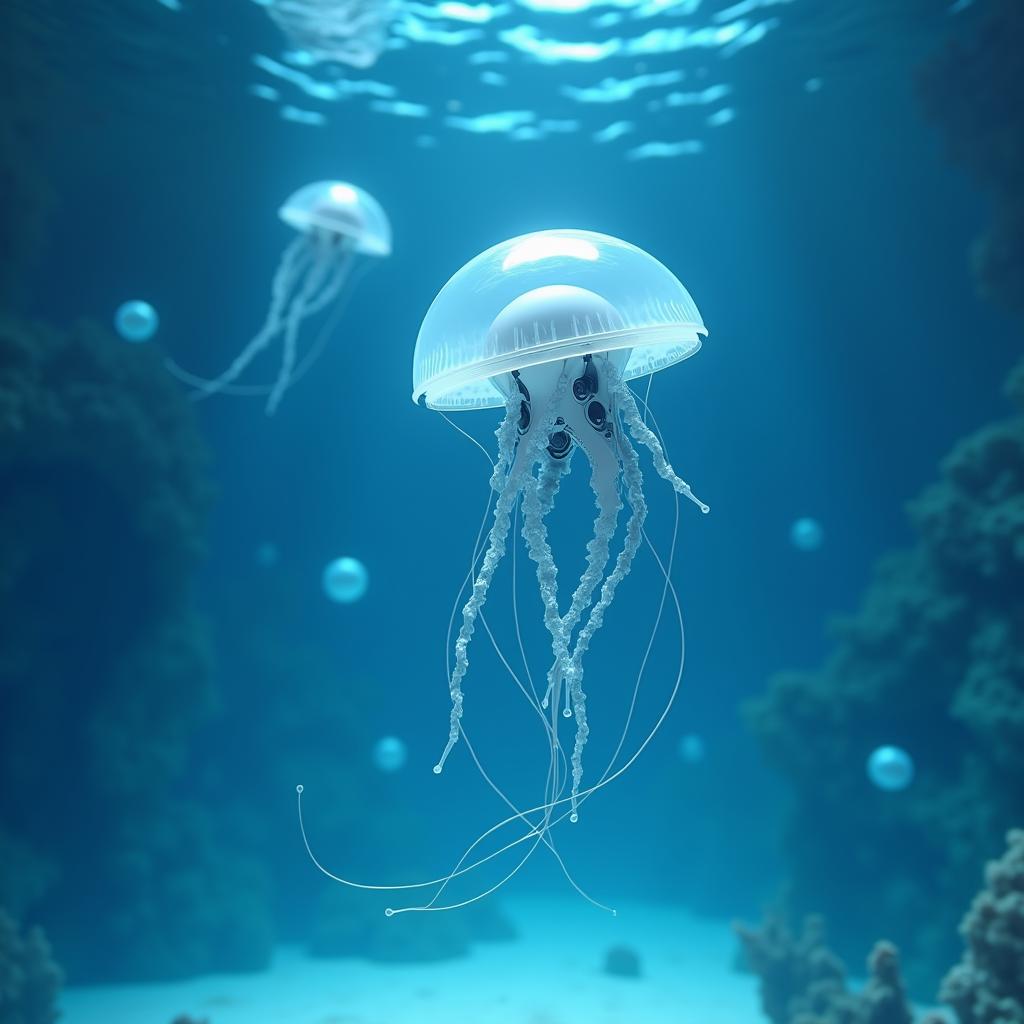
Ever seen a robot jellyfish? Well, Cornell University just made it a reality—and it’s powered by something pretty cool: a hydraulic fluid battery. On Monday, researchers unveiled two bio-inspired robots—a jellyfish and a worm—that run on this groundbreaking tech.
Here’s how it works: the battery, called a redox flow battery (RFB), mimics biological processes. It releases electrolytic fluids that dissolve to create energy through a chemical reaction. This not only powers the robots but also reduces their weight since the battery doubles as the force behind their movements.
The jellyfish robot, inspired by marine life, can glide through water for up to an hour and a half. Its tendon-like structure flexes into a bell shape to propel it upward and relaxes to let it sink, mimicking real jellyfish movement. The worm robot, on the other hand, is made up of modular segments that expand and contract to move, similar to snake-like robots.
What’s fascinating is that this tech could influence future robotics in big ways. While underwater robots don’t need rigid skeletons, transitioning to land poses challenges. As one expert put it, “This is how life on land evolved. You start with the fish, then move to simple organisms supported by the ground.”
Cornell’s hydraulic fluid battery is a game-changer, combining power and motion into one lightweight system. Who knows? The next breakthrough in robotics might just be inspired by these tiny, tireless creatures.
